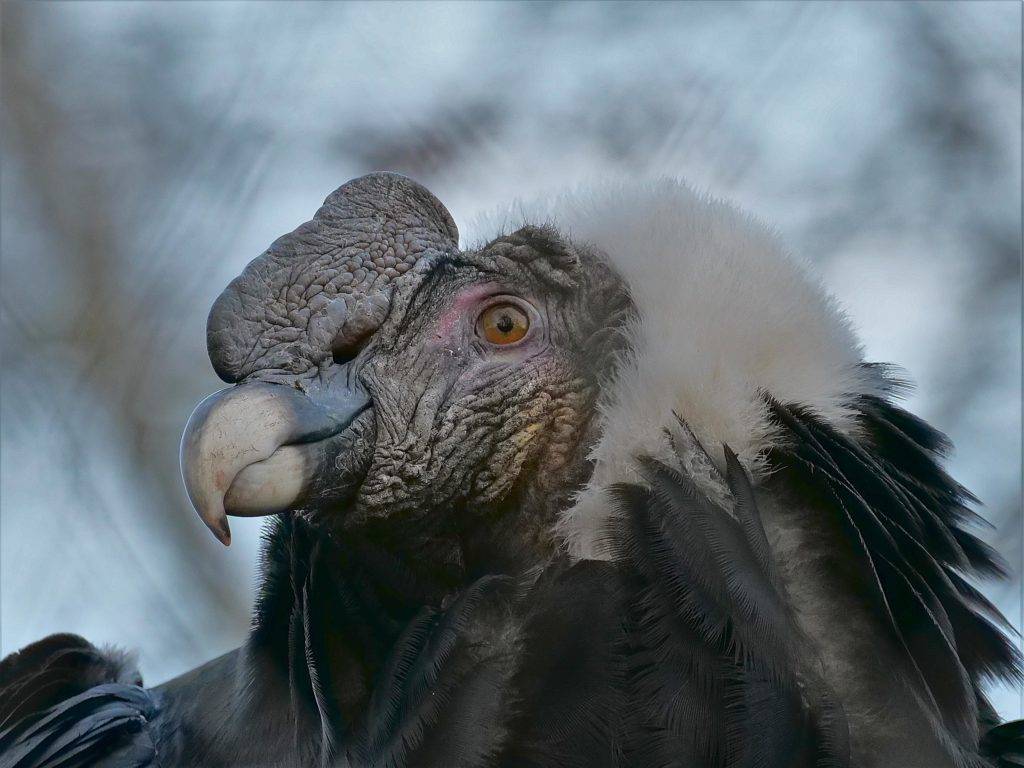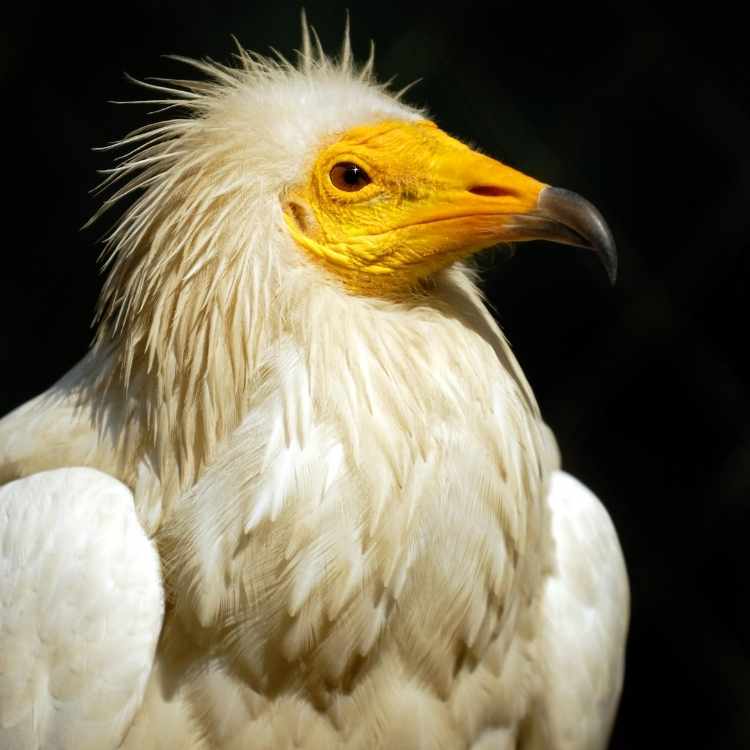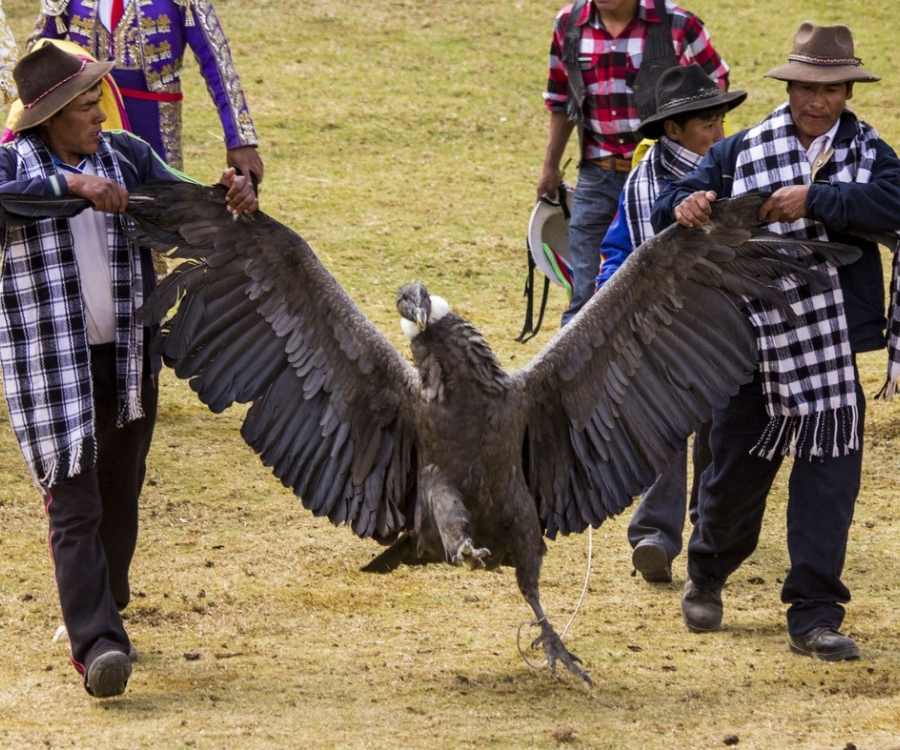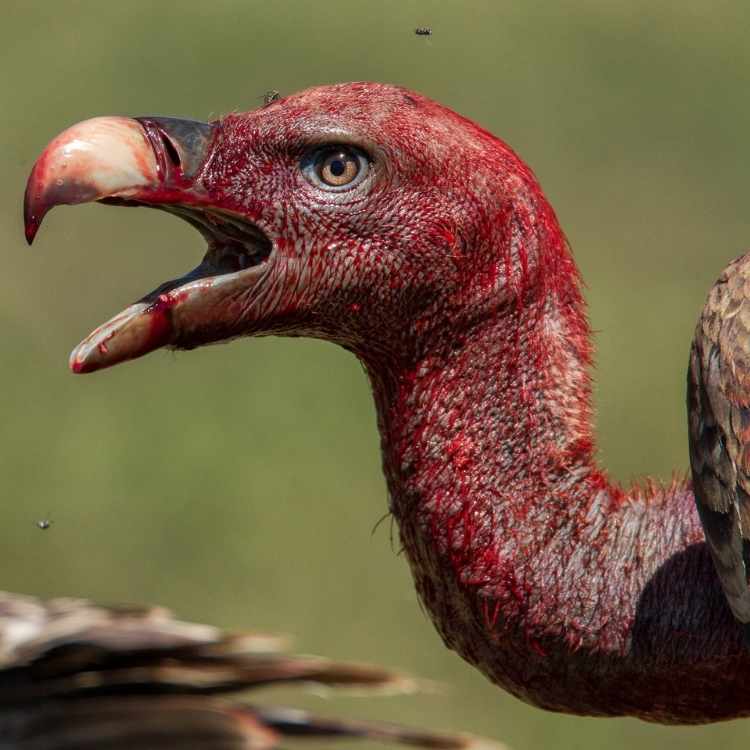Preliminarily, it is essential to note that condors are vultures as well, but they are members of the New World vulture species. In contrast, the term “vulture” is used to refer to any of the Old and New World vulture species which also includes condors. The most significant distinction between the Condor and the Vulture is size. Condors are larger and bigger than Vultures.
Table of Contents
Take a look at the overview below to see how the Condor and the Vulture differ from one another.

Overview
| Condor | Vulture |
|---|---|
| Condors are typically silent but can issue a variety of hoots and snorts | Most of the Vultures make drawn-out hissing sounds. Some Vultures make yapping sound |
| Short and broad tail | The long and broad trail |
| Larger bill | Smaller bill |
| More compact than Vulture | Less compact than Condor |
| Larger in size | Smaller in size |
| Live mainly in South America but also in Utah, Arizona, central southern California deserts, and Mexico. | Found in Africa, Europe, and Asia. They live everywhere except Antarctica and Oceania. |
| Single pair or flock size 100-200 birds | Their flock size range from 100 to 300. |
| A blackbird with gray or whiteish wing feathers | Black plumage with white spots under their main feathers distinguishes them from other species. |
| White fringe of feathers around the neck | Vultures’ necks are yellow, red, and bluish |
| The average lifespan is 45-80 years (wild) | The average lifespan is 10-30 years (wild) |
| Medium to long-distance migrant | Resident to long-distance migrant |
| Only have one egg in one clutch | Have 1-3 eggs in one clutch |

Differences between Condor and Vulture
Habitat
Condors can be found throughout Utah, Arizona, central southern California deserts, Mexico, and North and South America. California Condors dwell in the Andean highlands of South America, whereas Andean condors live in the deserts of the Southwest United States.
On the other hand, New World Vultures have similar ranges, with the majority of their populations being in South America and up into Uraguay.
Old World vultures (16 species) may be found in various habitats throughout Europe, Africa, and Asia. The white-backed vulture, which may be found throughout Africa, is the Old-World Vulture that is most frequently discussed among bird enthusiasts.
Appearance and Size
There are two different species of Condor to be found throughout the world, which belong to New World Vultures. They are both larger than other New World vultures.
Andean condors are huge birds found in the Andes mountains of western South America. They have among the world’s longest wingspans, reaching up to 10 feet in some cases. They may soar for hours seeking food, weighing up to 35 lbs. They dwell in high altitudes and devour alpaca, llama, and cow corpses.
California condors are big New World vulture relatives. They went extinct in the wild in 1987 after being seen as pests. Thankfully, their wild species were collected and subsequently released, allowing them to repopulate. They now live in Arizona, Utah, Mexico, and Cabo.
Their wingspan is 9.6 feet, and they weigh 25 pounds. They are somewhat taller than their Andean counterparts, but their wingspan and weight are lower.
Various Vultures, on the other hand, have distinct physical characteristics. North and South American black vultures migrate south when the temperature cools. They are common and have featherless blackheads. Their wingspans may reach 5.2 feet, and they weigh up to 4.5 pounds.
The turkey vulture’s range is the largest of any New World vulture. Their red heads and dark brown necks resemble turkeys. Their wingspan is 5.8 feet, and they weigh 3.2 lbs.
Yellow-headed vultures are found in South America and are divided into two types: smaller and larger. The smaller yellow head Vulture has a wingspan of 5 feet, while the larger yellow head Vulture has a 6-foot wingspan.
Similarly, King vultures have vividly colored heads and are white and black. Their heads are distinctively colored purple, crimson, blue, and orange. They have 7-foot wingspans and weigh up to 10.5 lbs.

Diet
Condors are carrion eaters (dead animal carcasses). They like the corpses of big dead animals such as deer, cows, and sheep, as well as the carcasses of marine creatures that ended up on the shores of coastal areas. However, they have also been observed to consume the carcasses of smaller creatures like squirrels and rabbits.
On the other hand, Vultures also feed on carrion (animal corpses), except palm-nut vultures, which eat the fruit of the oil palm. Some species also hunt tiny prey, such as insects, reptiles, smaller birds, and hamsters, which they catch with their beaks.
Behavior
Condors are highly gregarious at roosts, bathing locations, and feeding sites. But they are sporadically gregarious in foraging behavior. These wild birds typically accept one another and are clearly drawn to one another in various situations.
On the other hand, Vultures are social and roost in big communal groups, splitting out during the day to feed separately. Several hundred vultures may congregate communally.
Some Vultures nest on leafless, dead trees. Though they nest in caves occasionally, they do not enter them unless during the mating season. Vultures’ nighttime body temperature drops by around 6-7°C (11-13°F) to 34-35°C (93-95°F), causing them to become mildly hypothermic.
Vultures are clumsy on the ground, having a hopping gait. They take flight with considerable effort, fluttering their wings while lifting off the ground and jumping with their feet.
While soaring, these birds keep their wings in a shallow V shape and often tilt them from side to side, usually making the grayish flight feathers seem silvery in the sunlight. Vultures disperse widely and soar to incredible heights with an unparalleled command of the air, tilting and teetering to take advantage of the slightest wave.

Similarities between Condor and Vulture
The Condor and the Vulture are both terrifying birds. They are both members of the same Genra. Both of these birds prey on dead animals. Both the Vulture and the Condor-like carrion that has been expired for 2-4 days so that it is supple enough to rip but not moldy.
Both of these birds have powerful stomach acids as well as unique gut microbiomes that allow them to consume and digest this stuff without experiencing any negative consequences. And finally, the primary/main body color of both these birds is black with somewhat white.
Interesting facts about Condors
The California condor is awarded as the biggest bird in North America. Its wings may spread out to about 10 feet in length from tip to tip. This massive bird soars to incredible heights of up to 14000-16,000 feet in the air, gliding on air currents as it soars.
Here are some more Condors facts:
- It is estimated that the California condor has a lifetime of up to 60 years, making it one of the world’s longest-living birds.
- The female is marginally smaller than the male in this specie
- A California condor’s head and neck are distinctively colored, ranging from orange-red to reddish-purple.
- Read more about the condor symbolism.
Here you can check all Condor sounds
Interesting facts about Vultures
When attacked (btw. vultures can also attach humans), vultures can quickly vomit the whole contents of their stomach, allowing them to take off more speedily or fly faster.
Other interesting facts:
- Some vultures build nests in treetops that may be as enormous as a king-size bed, and others build nests on the ground.
- A group of vultures perched together is referred to as a “committee.”
- A vulture can consume more than 2 lb (1 kg) of flesh in a minute and can fly away.
- Check our post about the vulture symbolism.
Here you can check all Vulture sounds
Field Identification Tips
Condor
Condors are larger New World Vultures. They have huge sizes. They are black birds with gray or whiteish wing feathers. They also have a white fringe of feathers around their neck.
Vulture
Vulture’s neck is yellow, red, and bluish. But they have black plumage with white spots under their main feathers that distinguish them from other species.
Final Verdict
Condors are larger than vultures. There are only two condor species worldwide, while Vultures consist of many New World and Old World species. Both of these birds usually forage on dead animals.



